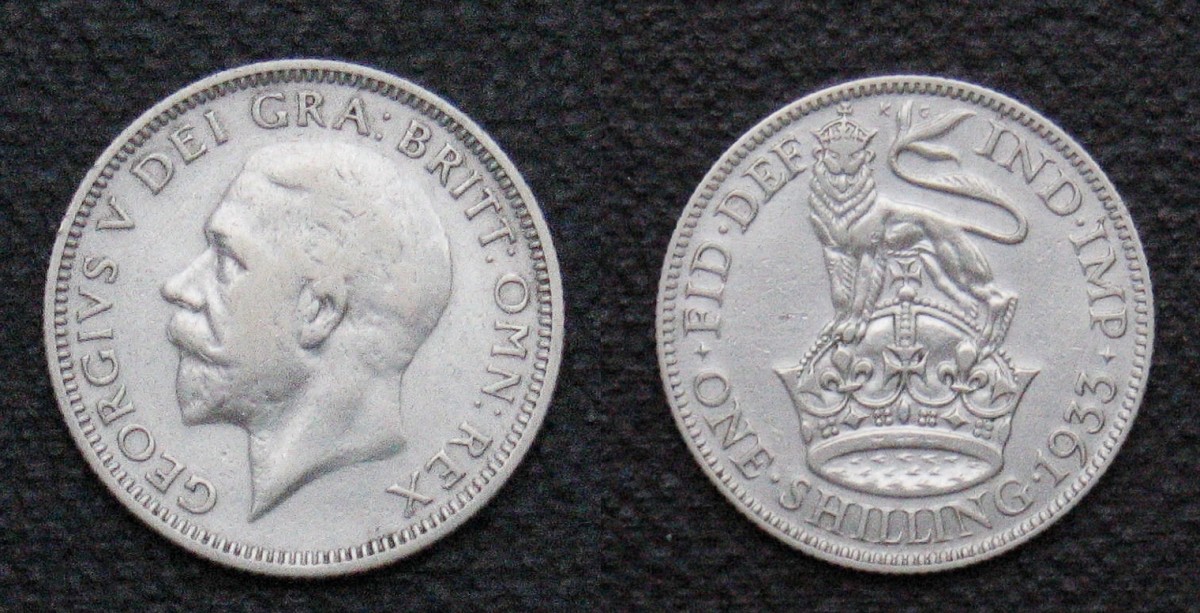The term "schilling" carries a rich historical context and multifaceted meanings that are essential for understanding its relevance in various fields. From its origins as a currency to its cultural implications in literature and language, the concept of schilling is both intriguing and significant. In this article, we will explore the different dimensions of schilling meaning, its historical uses, and its continued presence in modern discourse.
The schilling was once a legal tender in several countries, most notably in Austria and Scotland. Its evolution reflects changes in economic systems and societal values over time. We will delve into the different iterations of the schilling, how it has shaped economies, and its symbolism in various contexts.
Furthermore, understanding schilling meaning extends beyond its monetary value. The term has found its way into idiomatic expressions and cultural references, making it an essential part of language and communication. Whether you are an enthusiast of history, language, or economics, this exploration of schilling meaning will provide valuable insights.
Table of Contents
- What is Schilling?
- Historical Background of Schilling
- Schilling in Modern Currency
- Cultural Implications of Schilling
- Schilling in Literature and Folklore
- Common Expressions Involving Schilling
- Schilling in Other Languages
- Conclusion
What is Schilling?
The term "schilling" originally referred to a currency used in various European nations. The most prominent use of the schilling was in Austria, where it served as the official currency until the adoption of the euro in 2002. The schilling also had a significant presence in Scotland, where it was used as a unit of account.
Below is a brief table outlining some key data about the schilling:
| Country | Currency Name | Years in Use |
|---|---|---|
| Austria | Austrian Schilling | 1925-2002 |
| Scotland | Scottish Shilling | Until 1707 |
Historical Background of Schilling
The history of the schilling is intertwined with the economic developments of the regions that adopted it. Initially used as a unit of account, the schilling evolved into a coinage system that facilitated trade and commerce. The Austrian schilling, for instance, was introduced in the aftermath of World War I as part of monetary reforms aimed at stabilizing the economy.
During its time as a currency, the schilling experienced fluctuations in value, reflecting the economic conditions of the times. For example, during periods of inflation, the purchasing power of the schilling decreased, leading to significant changes in pricing structures.
Schilling in Modern Currency
While the schilling is no longer in circulation as an official currency in Austria, its legacy persists in various forms. The Austrian euro is now the standard currency, but references to the schilling can still be found in everyday language and cultural expressions.
Furthermore, the value of the schilling can be analyzed in historical contexts to understand economic trends. For instance, understanding the conversion rates between the schilling and the euro can provide insights into inflation and purchasing power over time.
Cultural Implications of Schilling
The schilling has also left its mark on culture, particularly in literature and art. It often symbolizes a bygone era, evoking nostalgia for a time when it was a common currency. In many artistic representations, the schilling serves as a metaphor for value, wealth, and economic stability.
Additionally, the schilling has been referenced in popular media, often highlighting themes of exchange and trade. This cultural significance adds depth to the understanding of schilling meaning beyond its monetary context.
Schilling in Literature and Folklore
Throughout literature, the schilling has been mentioned in various works, often embodying themes related to wealth, trade, and social status. Authors have utilized the term to depict characters’ economic situations and societal standings.
For example, classic novels set in Austria or Scotland may reference the schilling to illustrate the characters' financial circumstances. This usage not only provides historical context but also enriches the narrative with socioeconomic layers.
Common Expressions Involving Schilling
The term "schilling" has also found its way into idiomatic expressions, particularly in German-speaking regions. Some common phrases include:
- "Schilling for a thought" - used to denote the worth of an idea or thought
- "Not worth a schilling" - suggesting something has no value
These expressions highlight the cultural integration of the schilling into everyday language, emphasizing its significance beyond mere currency.
Schilling in Other Languages
In addition to its use in German and English, the concept of schilling has equivalents and variations in other languages. In Scandinavian countries, for instance, the term is also associated with historical currency systems. Understanding these linguistic variations helps to appreciate the broader implications of schilling meaning across cultures.
Conclusion
In summary, the meaning of schilling encompasses a rich tapestry of historical, cultural, and economic significance. From its origins as a currency to its continued presence in language and literature, schilling remains a relevant topic for exploration. We encourage you to share your thoughts and experiences related to schilling meaning in the comments below, and feel free to explore more articles on our site for further insights.
Thank you for taking the time to delve into the fascinating world of schilling meaning. We hope to see you back for more enlightening discussions in the future!
Kether Donohue: A Comprehensive Look At Her Life And Career
Discovering Yeonjun Height: The Rising Star Of K-Pop
Zola Taylor: The Life And Legacy Of A Motown Icon


